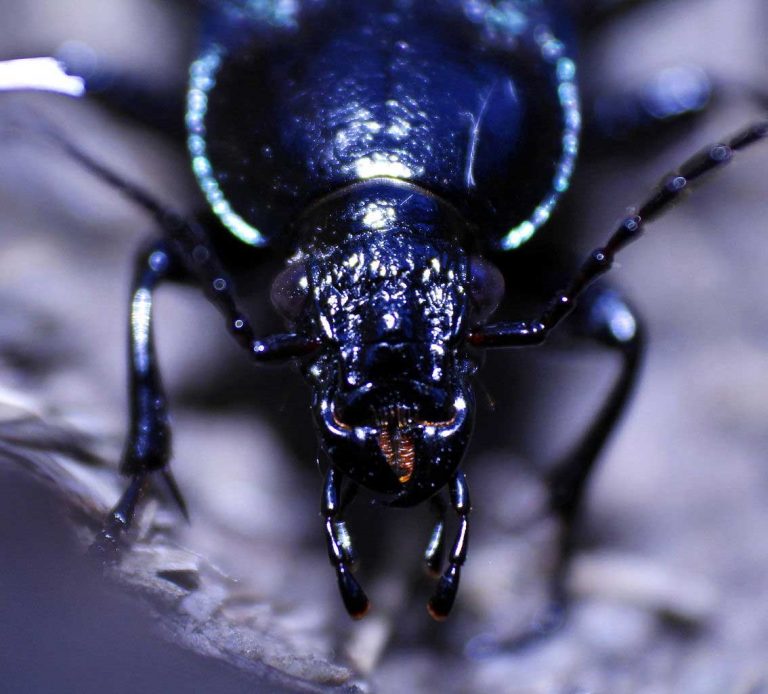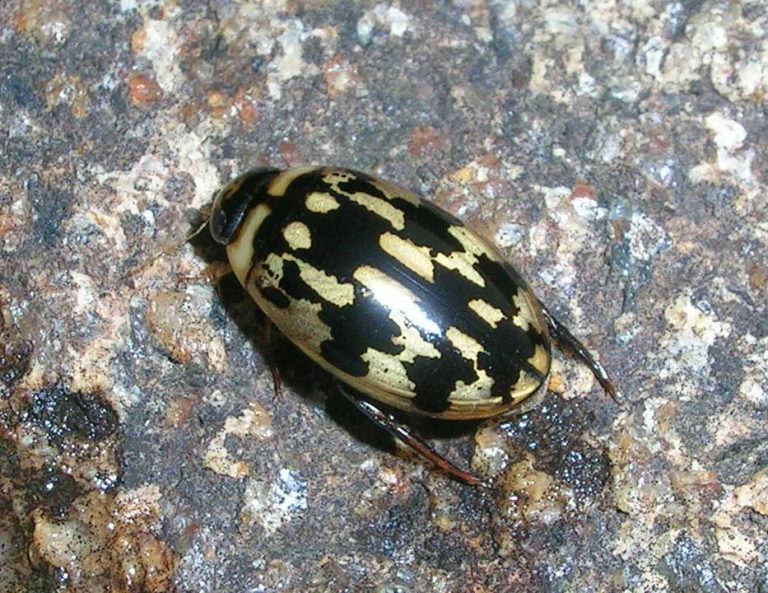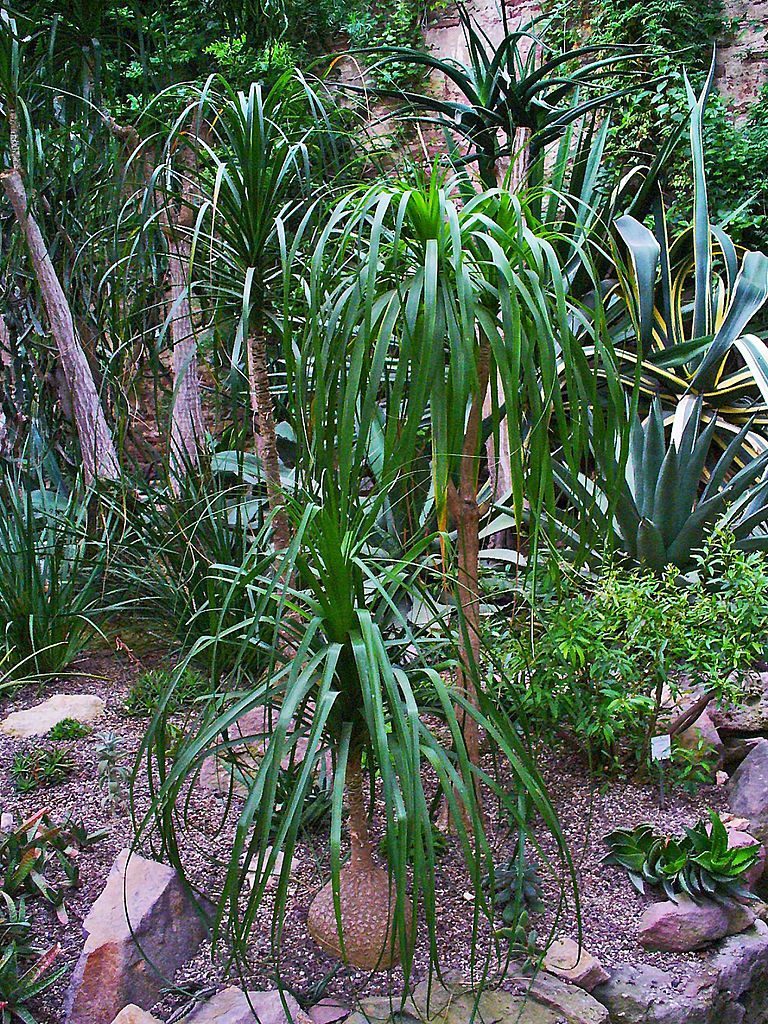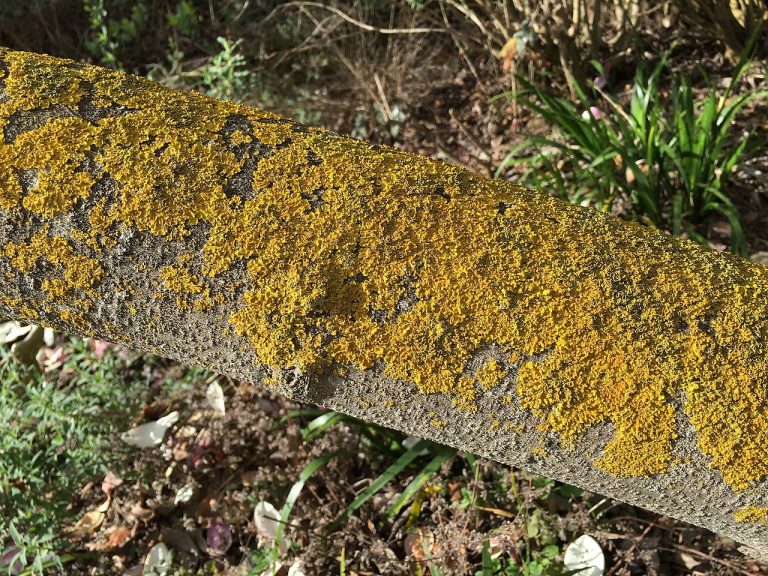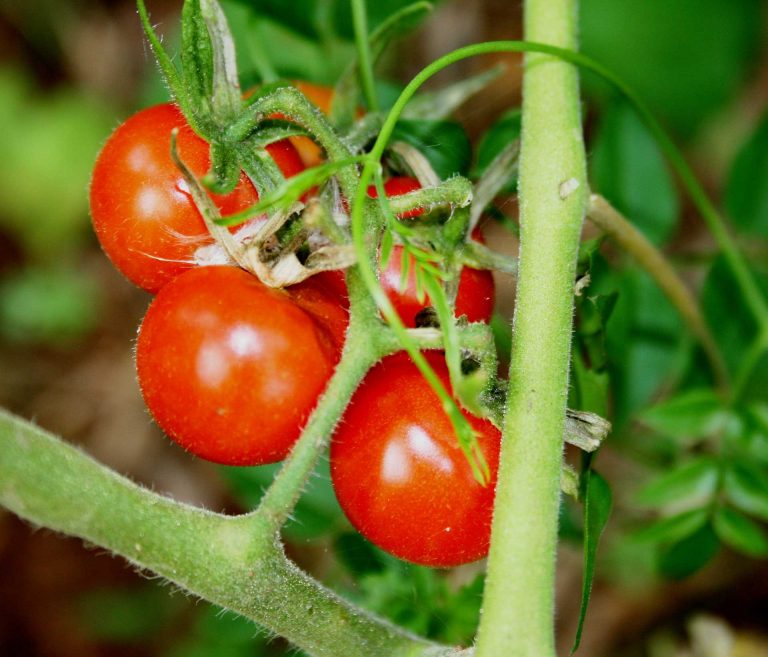Asparagus
Scientific Classification
| Kingdom: | Plantae |
| (unranked): | Angiosperms |
| (unranked): | Monocots |
| Order: | Asparagales |
| Family: | Asparagaceae |
| Subfamily: | Asparagoideae |
| Tribe: | Andropogoneae |
| Genus: | Asparagus |
| Species: | A. officinalis |
| Binomial name: | Asparagus officinalis |
Asparagus officinalis is a perennial variety of flowering plants and a spring vegetable of the Asparagus genus. Once upon a time it was categorized in the group of the lily family, in the subfamily that includes aliums like garlic and onions. Now, after re-categorization, plants similar to onion now belong to the Amaryllidaceae family and asparagus belongs in the Asoaragaceae family.
Anatomy
Asparagus a perennial plant species that are herbaceous and grows up to 100 – 150 cm (39-59 in) in height, having solid stems with feather like green leaves and many branches. Actually, their foliage is similar to the needle like cladode (stems modified) the scale leaves are on their axils; these leaves are as long as 6-32 mm (0.24 – 1.26 in) in length and 1 mm (0.039 in) in width. They form a cluster collectively of about 4 – 15 leaves. Their roots have a pattern of stress-avoidance acclimation (adventitious) and their roots appear in bundles (fasciculated). Their blossoms are as long as 4.5 -6.5 mm, yellowish to greenish-white in color, bell-shaped, with 6 tepals(outer part of a flower that includes the petals or sepals )partly combined at its base; these flowers form either in clusters of 2 or 3 or single at the intersection of the branches.
Habitat
Asparagus Officinalis is extensively grown as a vegetable produce; it inhabits the western parts of Asia, North Africa and most parts of Europe.
GROWING AT HOME
Soil for Planting
Select an open and protected area as a bed for your asparagus. Asparagus is fond of the sandy type of soil, If your soil is heavy, improve it up adding a lot of properly rotted manure or construct an elevated bed. Discard the weeds. The plant can bear shade to some extent, where complete sunlight aids in reducing ailments as well as helping in producing healthy plants. Asparagus grows well in mild soil that drains well and warms up during the spring. Water log rot up the roots very fast. Set up a bed as wide as 4 feet, discard all the roots and perennially growing weeds and put in a lot of matured compost or manure.
Planting
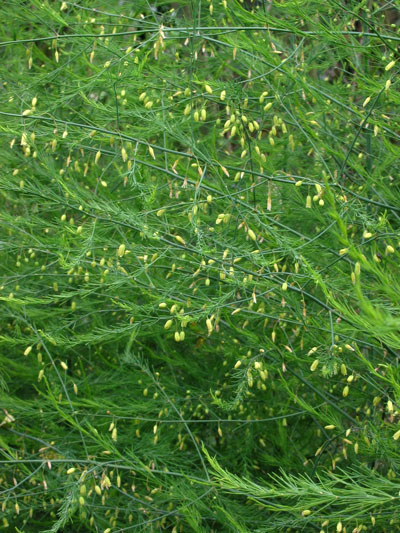
Asparagus grows from a year old crown or from seeds. Plant the seeds on a window sill or a propagator during the months of either February or March. During April or May harden them (by placing them outdoors to get the warmth of the sun, and bring them indoors at night). In the month of June, when the fear of frost is over, transplant them outdoors, or else, sow your asparagus outdoors in the month of April to transplant them into the next year.
Planting crowns outdoors 10 cm apart in the month of April is possible. (It is easy) to plant your asparagus on the flat, creating short stems, or earth them up so that you get a blanched and long stem. In any way, extend the roots out of the crown prior to covering them up with compost.
Watering
In order to protect your asparagus from ailments, give them good air circulation and place as many crowns possible to get more plants in a little space. Plant your asparagus in rows about 5 feet apart and crowns at a mere distance of 15 in to 18 in.
Flowering and Maturing
Asparagus is likely to take about 3 growing periods in order for you to reap the yield; during the second year a light harvest is possible.
Allow the crown to settle itself properly during the initial year. The following spring, discard the withered foliage of the past year and have a watchful eye for the new shoots to emerge.
Care
In the beginning of spring, mulch your asparagus with chopped straw to hold back the growth of weeds and to keep the soil moist. Supplement them with properly rotted manure or compost during autumn and in summer with fertilizer. Protect your plant’s shallow roots and weed the beds continuously.
Pests and Pesticides
Asparagus beetles lay dark-colored eggs on the spears while nibbling them. Unless you are growing a great amount of asparagus in your area, this is mostly just a nuisance. Scratch away these eggs with the help of your fingernails.
You can treat Fungal diseases like asparagus rust that appear on the stem as reddish brown spors. The latest hybrid types are capable of resisting disease.
Harvest Month and Storage
Harvest your asparagus spears when they appear 15 cm above the ground level – generally by the end of April till end of June in the next year of planting. Snip the stem exactly under the surface of the soil using a knife, further, leave the ferns to grow to form crowns for the next coming year.
Asparagus freezes very easily.
Varieties
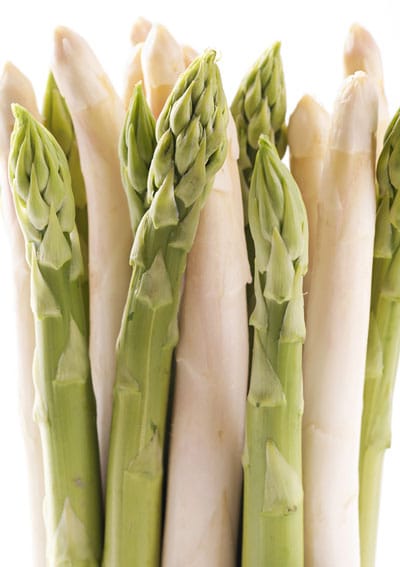
Green asparagus is more fibrous than white asparagus, but white asparagus is sweeter than green asparagus; White asparagus grows without sunlight, preventing the development of chlorophyll. It is not a special type.
You can breed Purple asparagus in purple color; however, when you cook them, they turn green. The purple variety is likely to have lesser spears but is thicker.

Having discovered a fondness for insects while pursuing her degree in Biology, Randi Jones was quite bugged to know that people usually dismissed these little creatures as “creepy-crawlies”.


